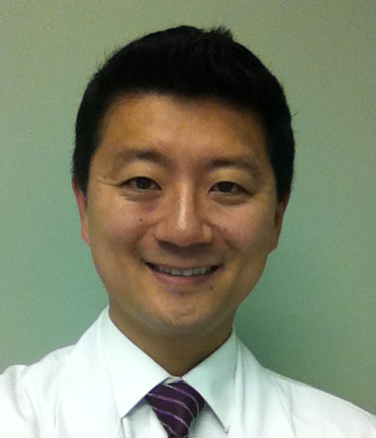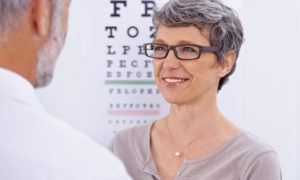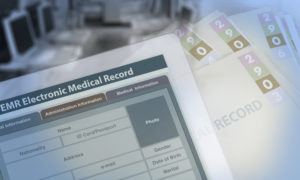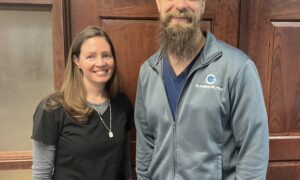By Peter Bae, OD, MS
Train staff to screen for ocular conditions according to ethnicity, gender, age and lifestyle. You will recognize and treat more conditions, as a result.
If you have a practice like mine, with patients from a multitude of backgrounds including Asian, African-American and Hispanic, in addition to those of European descent, you also will see a multitude of ethnically predisposed conditions such as glaucoma. If you factor in other high-risk factors like age and gender, screening high-risk patients becomes essential. My practice makes a point of looking at all of the eye conditions each patient individually may be at high risk for and then tailoring their treatment and the products we sell them to meet their unique needs. Meeting the specific needs of your demographics requires extra resources such as additional instrumentation for testing, but the return on investment is huge. You are building up your practice because you are helping people who will return to you and refer others because you helped them.
Measure Which Conditions Are Most Common in Your Practice
My patient population has a very high incidence of ocular surface disease and dry eye. I believe this is a combination of age, race and lifestyle. The largest part of my practice patient population is Hispanic. I write about 15 to 20 prescriptions for dry eye and ocular surface conditions daily. A lot of my patients are older and women too, which also results in more prescriptions for dry eye and ocular surface disease. With OSD and dry eye, there is definite link between demographics and condition because if more of my patients were younger and healthier, I am sure I would be writing fewer prescriptions for these conditions.
Get to know your patient base. If you see a lot of children, look for binocularity/accommodative issues. If you are seeing more elderly patients, look for, and more importantly, treat those conditions that are more prevalent such as dry eye, ocular surface disease, glaucoma and macular degeneration. Although we think it’s normal for a 65-year-old female patient to have a little dry eye or the beginnings of cataracts, we must not belittle the condition because for that patient, that dry eye is the reason they are in your chair. And a good rule of thumb is: Are you treating that patient the same way you would a family member for that eye condition? Providing individually targeted service to each patient ensures they are treated the way you would want one of your parents or a sibling to be treated.
Delegate to Staff to Zero In on Needs
As a busy practice, the only way we are able to meet the individual needs of our patient base is by delegation. My staff does pre-testing and the initial examination of the patient to get a sense of the patient’s chief complaint (usually all in Spanish for Spanish-speaking patients so that the patient feels comfortable communicating what the main problem is). It is during this initial interaction with my staff that complaints such as dry eye or symptoms of other conditions often come to light. By the time the doctor enters the room, the chief complaint is drawn from the patient and our goal is to definitely address that issue by the end of the exam.
Link Condition with Possible Ethnic Predisposition and then Monitor
I think most clinicians know which populations have a greater risk for certain diseases such as glaucoma in African-Americans. Hence, we are trained to be more vigilant with those populations. We look at risk factors, and if a certain population has greater risk factors, we as clinicians do the appropriate testing. There definitely is a higher volume of testing in African-Americans for glaucoma suspects because they are just more prone to develop that disease. Although we ask all patients similar questions, the number of additional glaucoma testing within this patient population is a little higher.
Connect Age and Gender to High Risk
Post-menopausal women are known to be especially at risk for conditions like ocular surface disease and dry eye. In terms of dry eye in post menopausal women, we ask similar questions to all patients, but we just don’t expect young patients to complain of dry eye as much relative to older patients. Hence, we look for these conditions in the appropriate population.
In screening we definitely will test and expect more senior patients to have dry eye conditions and that is the case. Meanwhile, we balance the high-risk monitoring with across-the-board screening, such as the close examination of the lens that we do for every patient. It should be no surprise that a patient in their 50-60’s has early signs of cataracts while a child most likely will not; however, we look at the lens in both situations.
Related ROB Articles
Understand Cultures to Build a Multicultural Practice
Create a Multicultural Practice to Expand Your Patient Base
Accommodate Diverse Cultures to Grow Your Practice
Peter Bae, OD, MS, is the owner of Kingsbridge Eye Center in Bronx, NY. To contact him: kingsbridgeeye@yahoo.com.





















